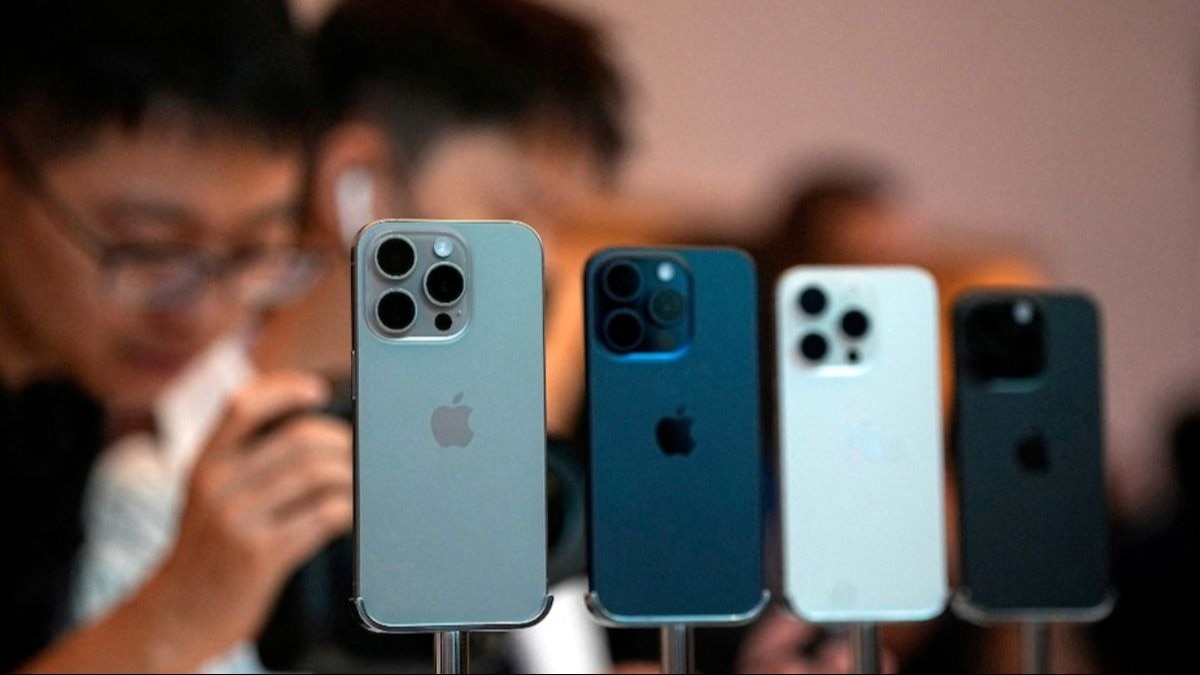Highlights
- One in seven iPhones now assembled in India as Apple diversifies production.
- COVID-19 disruptions in China accelerate Apple’s shift to other manufacturing bases.
- Political tensions between the U.S. and China push Apple to reduce dependency.
- Apple aims to produce up to half of all iPhones in India by 2027.
In a significant development, a recent report has revealed that one in every seven iPhones is now being assembled in India.
This milestone shows Apple’s accelerated drive towards supplier diversification and a more balanced global production footprint to reduce dependence on China.
Apple’s Fracturing Relationship with China

For years, Apple has grappled with the risks associated with its heavy dependence on China for iPhone manufacturing.
The COVID-19 pandemic and the resultant disruptions at the world’s largest iPhone assembly plant served as a stark reminder of the vulnerabilities posed by this over-reliance.
Industry estimates suggest that the Cupertino company lost a staggering $1 billion per week due to these disruptions.
Moreover, escalating political tensions between the United States and China have further compounded Apple’s concerns.
Recent events have seen the Chinese government discouraging its citizens from purchasing iPhones, adding to the urgency for Apple to diversify its manufacturing base.
India Becoming an iPhone Manufacturing Hub

India has long been viewed as a prime candidate to become Apple’s secondary manufacturing hub, and the latest report from Bloomberg suggests that significant progress has been made towards this goal over the past year.
While ambitious targets of producing a quarter of all iPhones in India by 2025 and potentially half by 2027 have been floated, the recent developments indicate that Apple’s plans are solidifying at a rapid pace.
Initially, iPhone assembly in India was divided among three suppliers: Foxconn, Pegatron, and Wistron/Tata.
This tripartite arrangement helped mitigate the risks associated with over-reliance on a single supplier.
However, recent reports indicate that Pegatron and Tata are working more closely together, with Tata potentially taking over the operation of Pegatron’s sole iPhone plant in the country.
While the details of this joint venture are still unclear, it raises the possibility of Apple’s assembly roster in India being reduced from three companies to two.
In any case, with 1 in 7 iPhones now bearing the “Made in India” label, the company’s commitment to reducing its reliance on any single region is becoming increasingly evident.
FAQs
Why is Apple diversifying its iPhone manufacturing base to India?
Apple’s decision to diversify its iPhone manufacturing base to India is primarily driven by the need to reduce its dependency on China.
The COVID-19 pandemic highlighted the risks of concentrated production, and escalating U.S.-China political tensions have made diversification a strategic imperative for the Cupertino-based tech giant.
How significant is iPhone assembly in India currently?
A recent report has revealed that one in every seven iPhones is now being assembled in India.
This marks a significant milestone in Apple’s efforts to establish a more balanced and resilient global production footprint, showcasing India’s growing role as a key manufacturing hub for Apple.
What challenges has Apple faced with its reliance on Chinese manufacturing?
Apple’s heavy reliance on Chinese manufacturing has exposed the company to several challenges, including the major disruptions caused by the COVID-19 pandemic at the world’s largest iPhone assembly plant.
These disruptions resulted in substantial financial losses, estimated at $1 billion per week. Furthermore, political tensions between the U.S. and China have exacerbated concerns over this dependence.
What are Apple’s future plans for iPhone production in India?
Apple has set ambitious targets for its production in India, aiming to manufacture a quarter of all iPhones in the country by 2025 and potentially increasing this share to half by 2027.
These plans underscore India’s strategic importance to Apple as it seeks to diversify its manufacturing base and mitigate risks.
Also Read: iPhone Storage Mysteriously Showing Full? How to Fix the System Data Issue
Also Read: Apple iPhone Shipments in China Drop 24% Amid Huawei’s Resurgence
